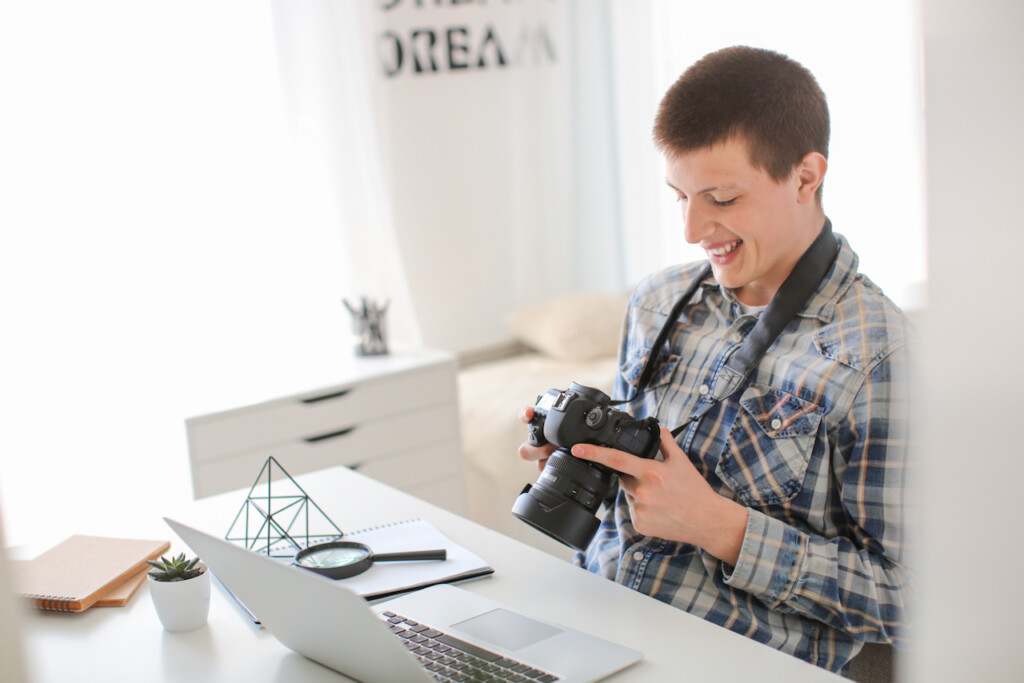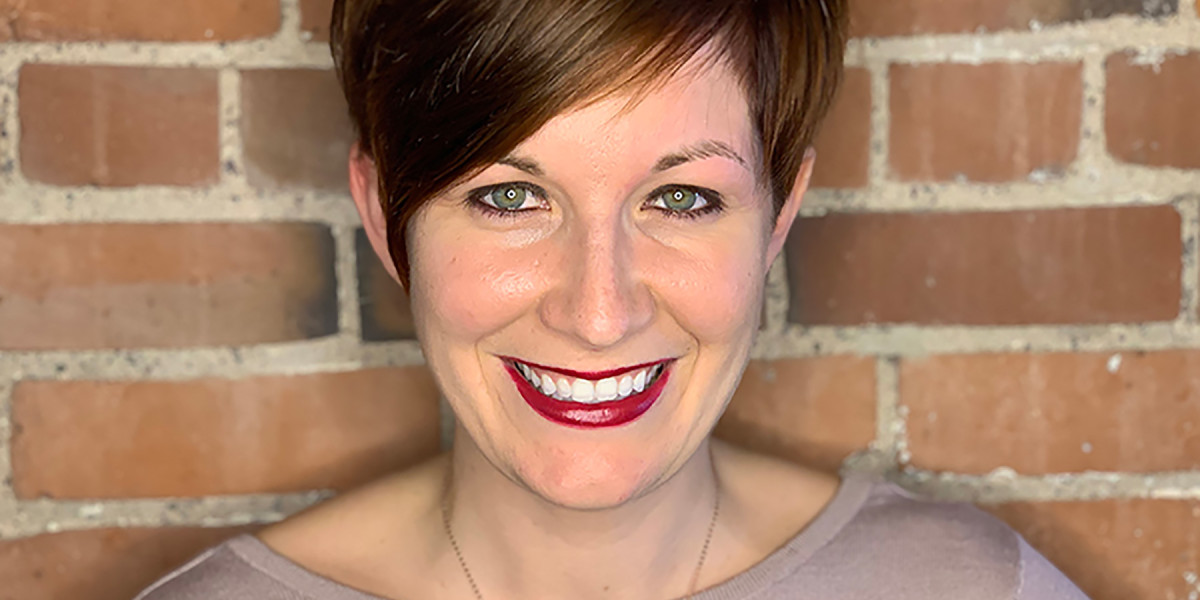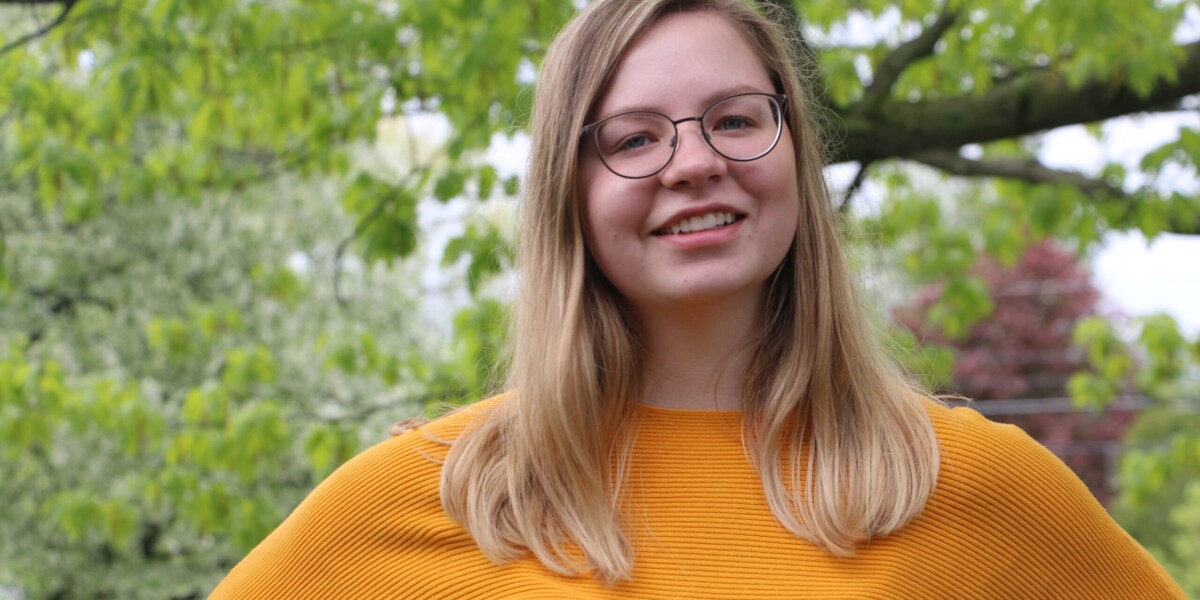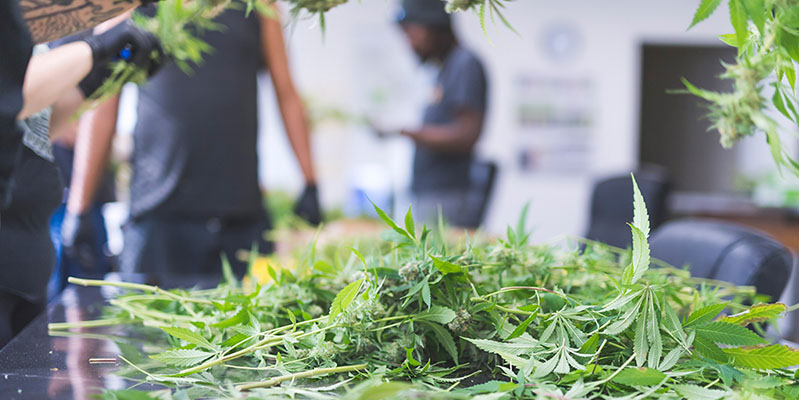When it comes to photography, slowing down and taking control make all the difference.
Understanding and using shutter speeds, white balance, and aperture settings affect the outcome of images. It also impacts how your photographs tell a story.

“I tell my students that ultimately, you want to be in control of your tool, so the more settings you’re able to adjust, the more control you can have,” UVM instructor and photographer Andrew Frost said in a recent interview for Business Insider.
Frost teaches UVM’s Art Studio: Storytelling with Photographs, a three-credit online Summer Academy course offered in July for high school students looking to gain college credit and experience a college course.
For beginners, Frost says the best way to start using a phone or camera is to understand the equipment’s underlying mechanics rather than relying solely on automated settings.
“To realize what you’re doing can really open up those opportunities,” Frost tells UVM PACE. “When you’re doing anything, you want to be in control. When taking photographs, it helps to take a step back and see what’s going on underneath the hood. It gives you more power as an artist and as a photographer.”
In the Summer Academy course, Frost says students will explore how photographs tell a wide range of stories and practice telling their own stories with images. A phone or camera can be used for class assignments.
We asked Frost to weigh in on beginner tips for photography.
What are some of the limitations of using a smartphone for photography instead of a DSLR camera?
You have some natural sharpness and resolution limitations. You’re dealing with a camera sensor that is the tiny size of a pencil erasure, and you’re jamming a lot of information into a small space. With phones, you can’t adjust the aperture, so controlling the depth of field or how much something is in focus is a lot trickier.
Phone companies are trying to navigate these limitations. Apple has a Portrait feature that blurs the background. As well as it works, often it doesn’t work at all. It doesn’t seem to work with curly hair, and with bikes, you see wheels but not spokes. It’s smart but not that smart.
In the Business Insider article, you also say that it’s easy to move too fast when taking photos. Can you explain why slowing down is essential in photography?
In life, slowing down is good. This morning, I was working with a student, and she took several hundred photos while out walking. The fourth from the last one was just incredible. You might have to take 500 pictures on a walk before you get comfortable and get one good one. Slow down and pay closer attention, especially when thinking about framing and creating interesting images.
As photographers, we go out into the world to draw edges and compress from three dimensions into two. You need to make choices about where you stand, where you place the lens, and where the edges of the frames go. You can do that really quickly, but you’re likely to take photos that don’t succeed in the way you want. Putting a camera on a tripod, for instance, requires you to really look. It takes more than 10 seconds.

What are some common technical mistakes that beginners make?
Not having a sense of white balance or how to handle it can leave you with images that look blue. There are also issues with focus. Autofocus works well until it doesn’t.
I also see a lack of understanding of editing images and how to think about editing them. It’s easy to make a photo look too edited by things like amping up the saturation. When you’re starting out, you don’t necessarily see it and don’t realize that photos can look artificial very quickly. It’s important to learn how editing can help your images meet their fullest sense of possibility.

Why should students take the Summer Academy: Storytelling with Photographs course?
The rise of the camera phone has democratized photography. Everyone has collections of thousands of images in their pockets. We’re swimming in this sea of images, whether it’s advertisements served on websites, magazines, Instagram, or TikTok. I see this course as a way to help students use photographs to tell their stories.
Photos are slippery in that they look like reality and feel like reality, but they are also fiction. The world doesn’t have frame lines, and the world is not two-dimensional. As you start to understand how that works, you can use that to your advantage.
The real learning outcome goals include having a pretty solid understanding of how a camera works. From there, we start to think about what makes a story. What are parts of a story, and is that different from a narrative? How do you translate photos into a visual story? How do you connect images together? Where are places that photos fail?
What makes a good photograph?
We’re trying to go out into the world, transform what is in front of the lens, and make it into something new and different.
I love my dog and take photos of my dog. A truly great photograph would allow people to feel something, maybe feel similarly to the way I feel, even if they don’t like dogs at all.
Register for Summer Academy: Storytelling with Photographs course





